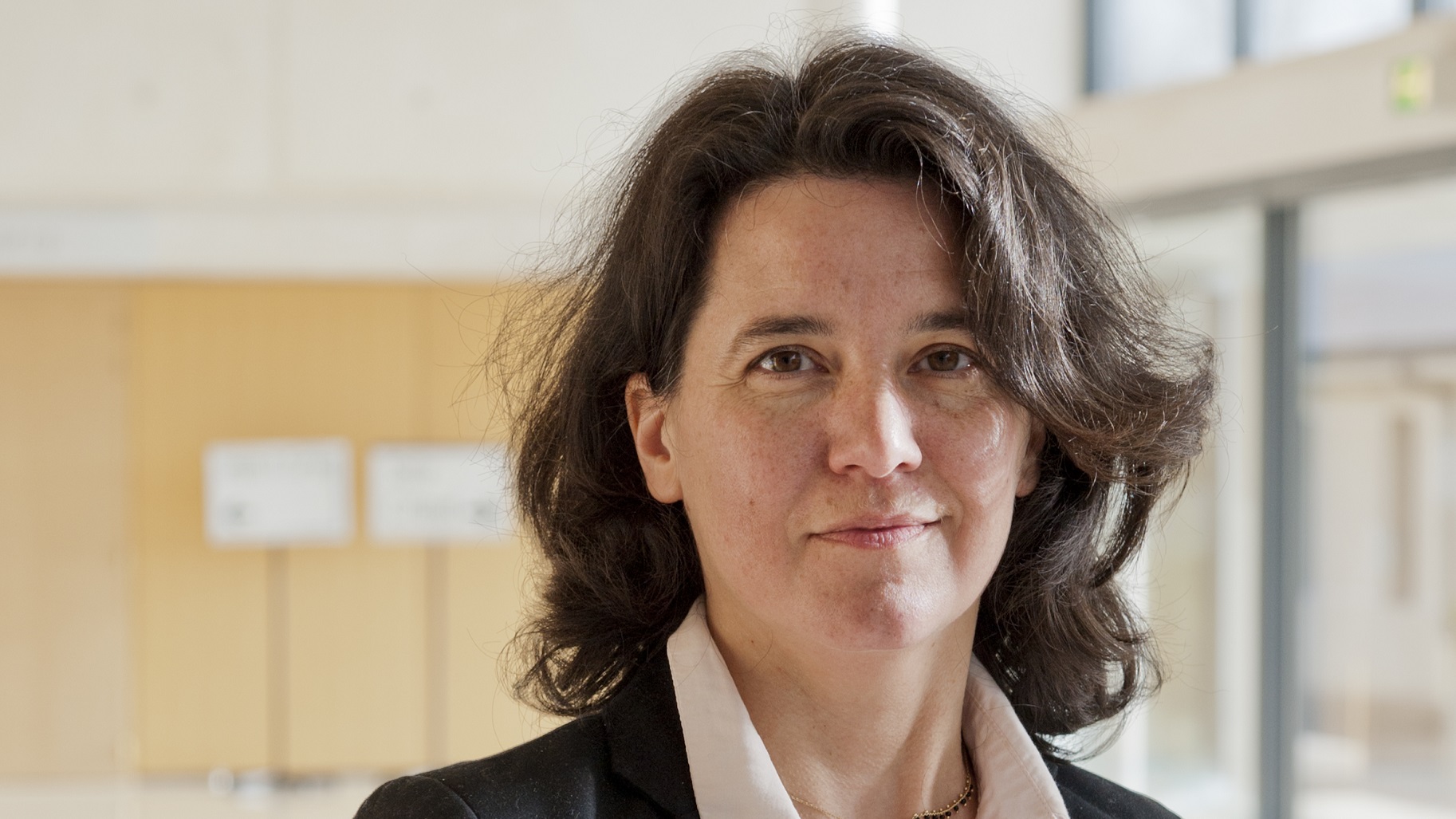
What are the challenges of European digital?
The European digital strategy is part of a more general context: that of mastering digital technologies in an increasingly competitive global environment. Several questions arise: what European response to the major global challenges? How can we overcome the investment deficit in Europe compared to the world's major technological powers? In an open and connected world, how can we reduce the technological dependence of Member States, which has been amplified by the health crisis? For more than ten years now, the European Union has been developing policies and implementing initiatives for the digital age. In the framework of its "digital decade", it has set itself a trajectory and new objectives for 2030.
No Member State today has the means or resources to address these challenges in isolation. To provide appropriate responses, we need to pool our skills, efforts and investments.
To develop and implement its digital strategy, Europe has two main instruments: the Horizon Europe framework programme for research and innovation, and the new Digital Europe programme, both covering the period 2021-2027. Almost one third of Horizon Europe's funding will support digital technology, either directly (in particular to develop highly strategic technologies - data, AI, supercomputing, digital security, quantum computing, etc.) or indirectly, in the major application sectors of a digitised society (personalised medicine, energy, mobility, environment, precision agriculture, etc.).
Complementing national efforts, Digital Europe will offer a more strategic and concerted approach to digital issues around digital infrastructure, skills, and the transformation of society, business and the public sector.
What is Inria's position in this context?
If Europe wishes to master its digital destiny, it must create the conditions to support the scientific and technological advances it makes. Inria fully shares the idea of strengthening strategic autonomy by mastering key technologies and making Europe a pole of attraction in our fields of competence.
Inria's scientific expertise is recognised in Europe, and the institute must put itself in a position to influence the debates. It will not do so alone. In particular, it wishes to rely more and more strategically on a few key partners with whom we have privileged relationships, as well as on networks of academic and industrial players in Europe, for a stronger convergence of visions and efforts.
In addition to the European visibility that is essential to our work, the European programmes offer a collaborative environment and strengthen our capacities, most often within consortia that allow us to propose answers to increasingly complex and globalised scientific and technological questions. In some areas in particular, which require very high levels of expertise and funding, the European added value is clear. For example, if we want to build the future Exascale machines in Europe, we need a common roadmap, with the possibility of mobilising funding in the order of several billion euros, but also the ability to create ecosystems and organise efforts in terms of training, dissemination and appropriation of technologies in the industrial fabric and society. The European level thus makes it possible to change scale.
With, among other things, highly visible and internationally recognised instruments to support scientific risk-taking (European Research Council), the training and mobility of researchers (Marie Skłodowska-Curie), or more recently, to help deep tech projects emerge from academia and to support the growth of start-ups and the companies that emerge from them (European Innovation Council), Europe has, over the years, equipped itself with a comprehensive framework to support European science and technology. The Institute is determined to take advantage of this, in line with its own strategy. Inria wants to be a committed and resolutely European player.
HMI, modelling, cyber security, AI, digital health: some European projects
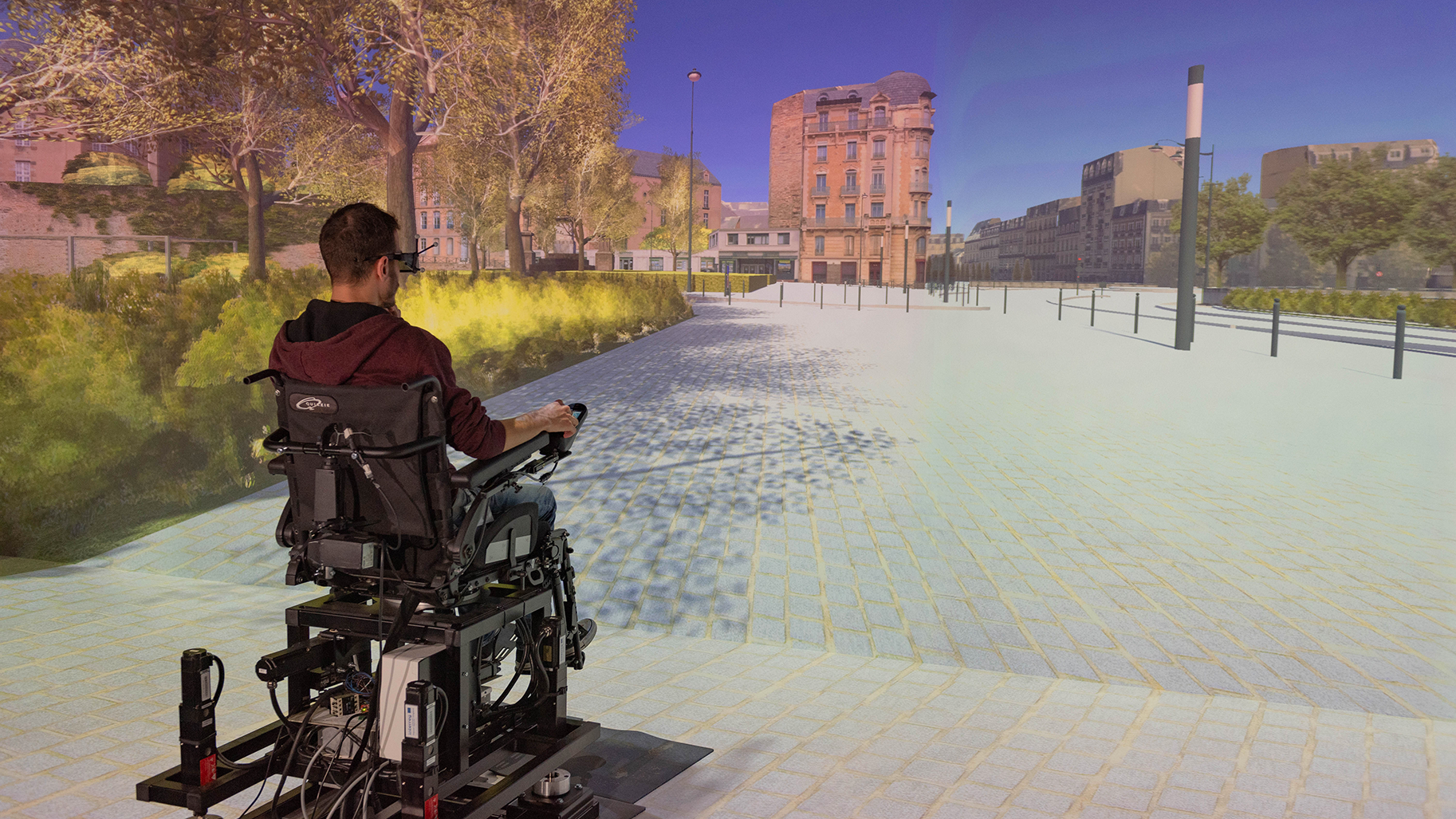
Crowdbot, from simulation to virtual reality
How can we ensure that robots can move safely through dense crowds? This is the theme of CrowdBot, a consortium funded by the European ICT H2020 programme and coordinated by Inria. In this context, scientists at the Rennes research centre are studying the interaction between humans and robots by simulating each other in a virtual environment.
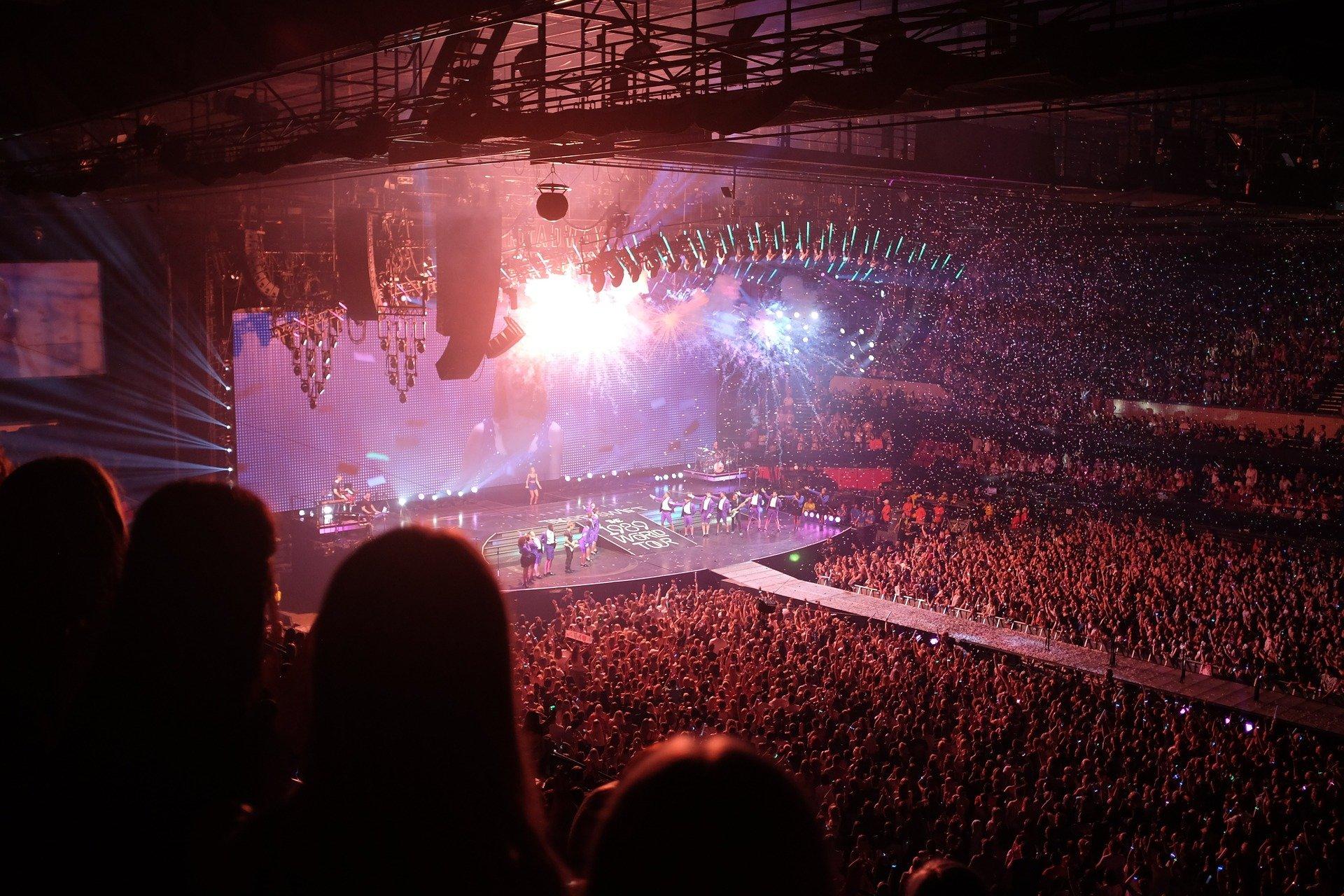
CrowdDNA, the simulation to avoid crowd movements
Every year, crowds end in deadly stampedes. Some tragedies could be avoided. Coordinated by Inria, the European CrowdDNA project is studying new simulation models to help public space managers better measure the dynamics of a dense crowd and detect its risk factors.
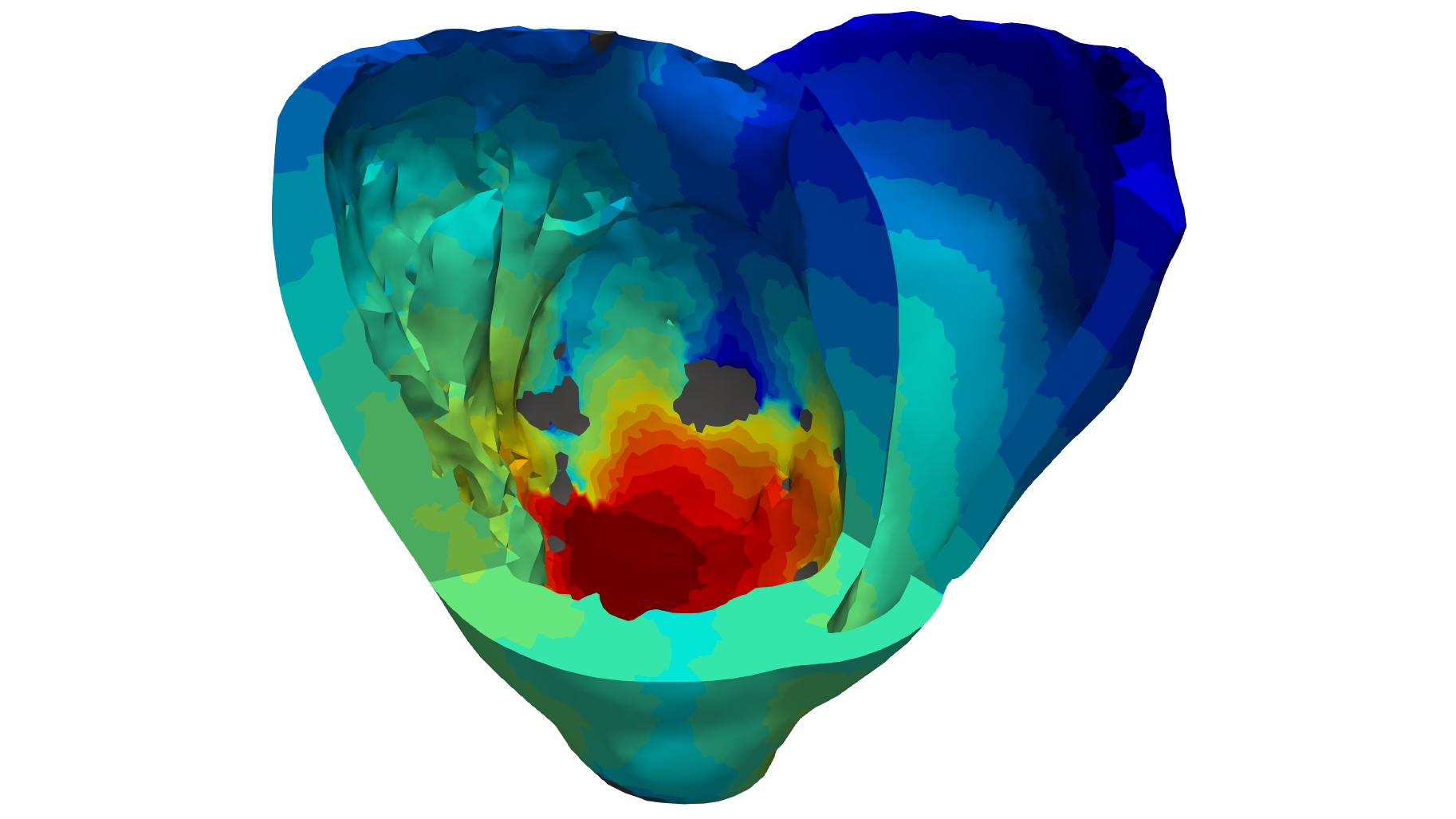
Simcardiotest, to design new cardiac treatments
SimCardioTest is a new project funded by the European Commission with €8 million. It aims to accelerate the adoption of digital simulation to design cardiac drugs and medical devices. It is coordinated by Maxime Sermesant, from Inria's Epione team.
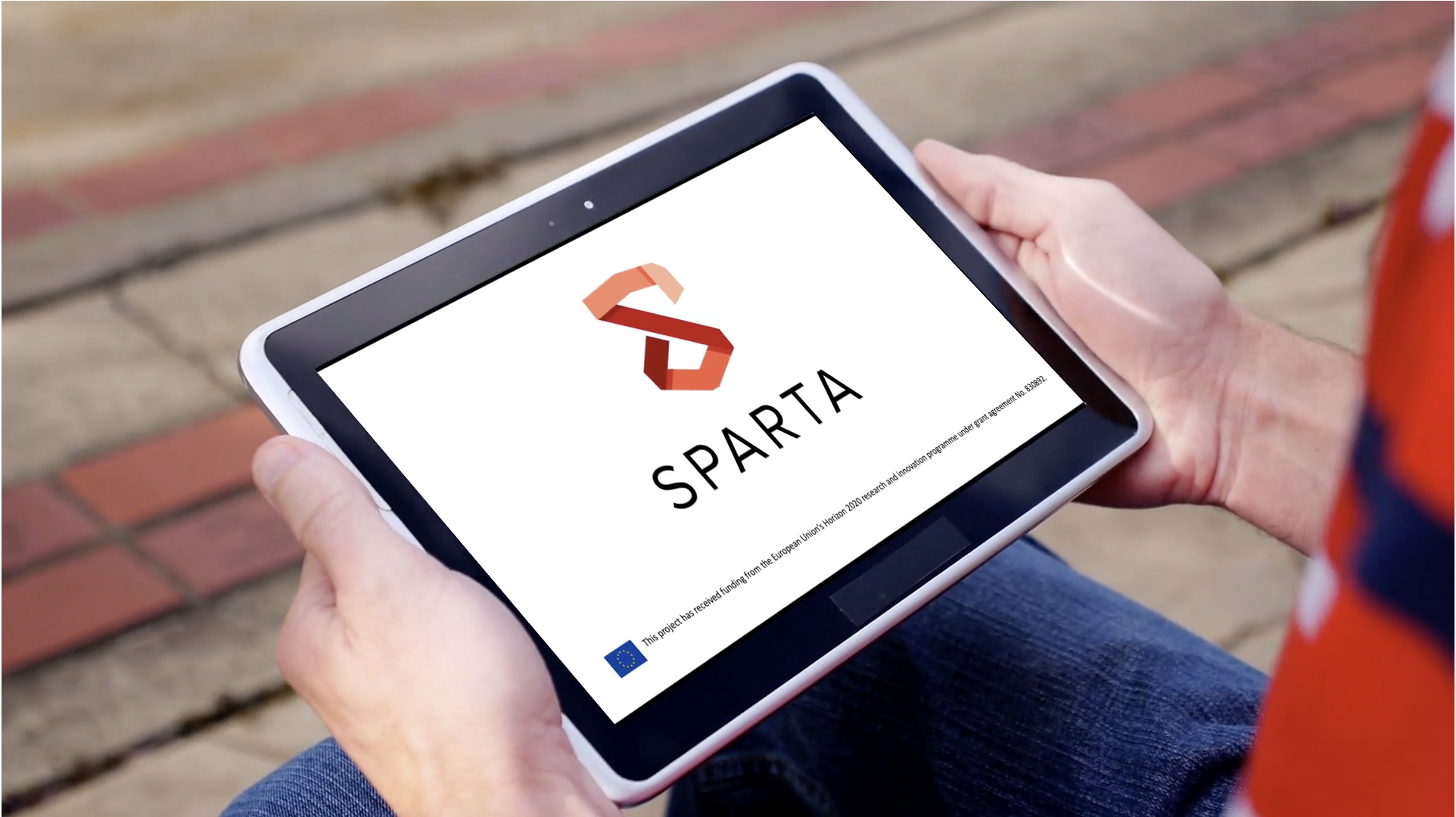
Towards a European Cyber Security Skills Network
The EU is to set up a Cyber Security Competence Centre. The aim is to organise the resources of research centres, industry and national agencies on a continental scale. Inria is actively participating in one of them, Sparta, by committing eight research teams and its two high security laboratories (LHS).

Modelling for industry
Modelling blood flow in aortic aneurysms, simulating and optimising the aerodynamics of a wind turbine or a car... These are just a few examples of research recently carried out as part of the European research programme ARIA ("Accurate ROMs for Industrial Applications"), coordinated by Inria. It currently brings together fifteen academic and industrial partners at the cutting edge of innovation.

Better explaining algorithms to develop trusted AI
AI is increasingly influencing human decisions. While its effectiveness is undeniable in a large number of sectors, it remains mysterious, complex and misunderstood by most users. Developing solutions to make AI more accessible and understandable is the challenge of the European TRUST-AI project.